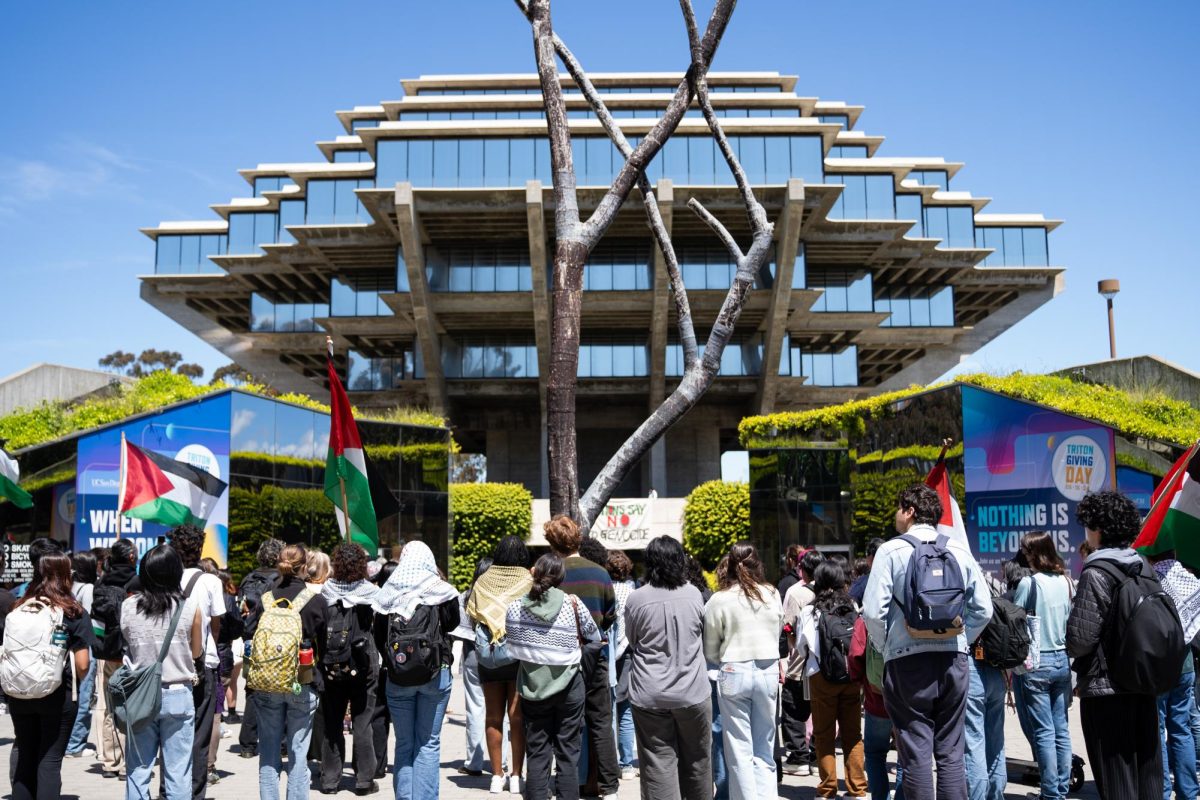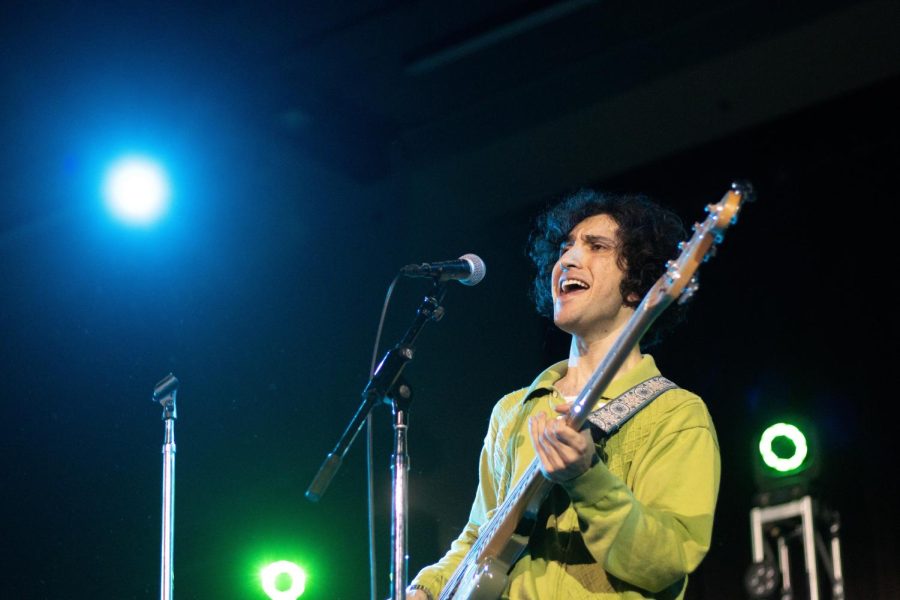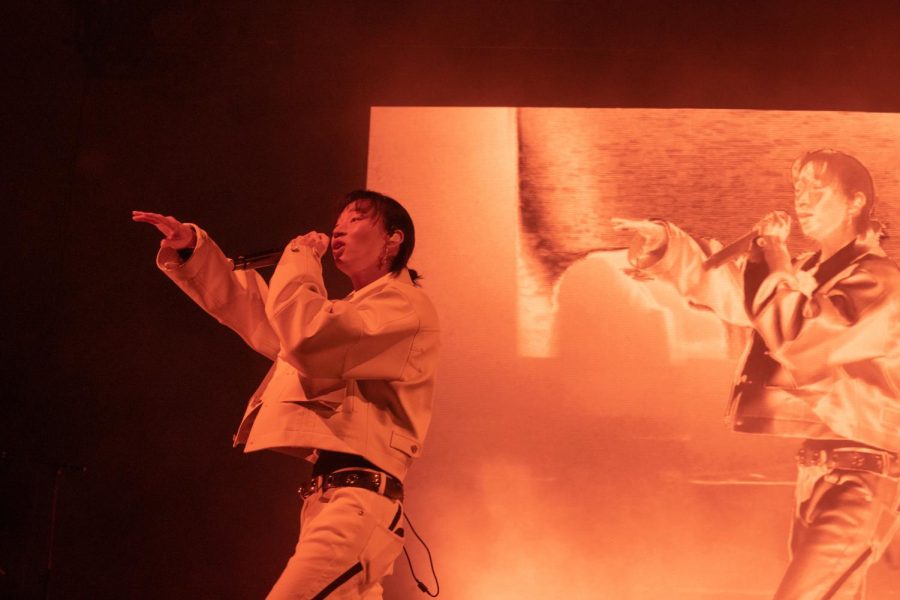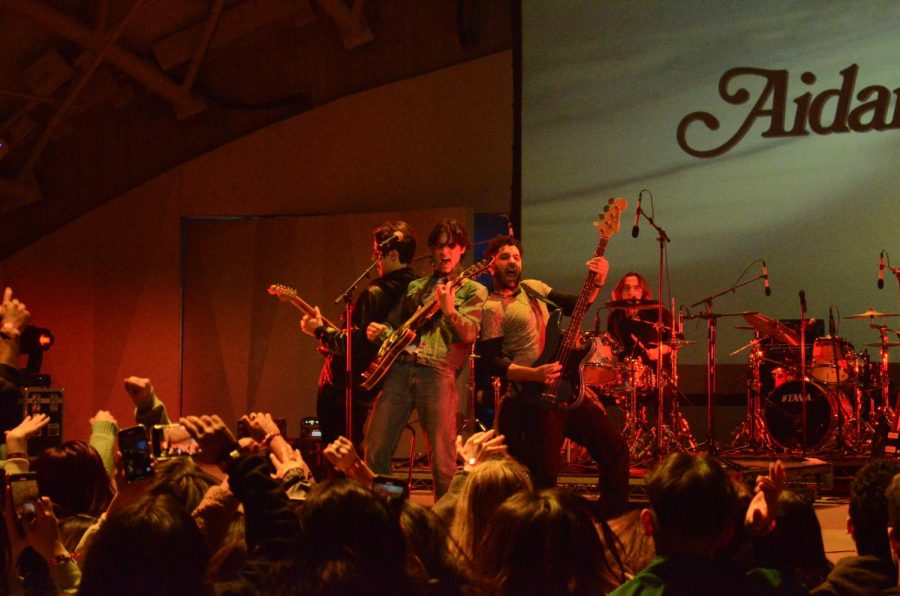The National Basketball Association is slowly turning into the developmental league.
Ever watched a basketball game on ESPN Classic? Fans saw competitive games every other night and the winning team usually scored 120 points. People actually witnessed two teams of experience and talent on the same court playing 48 minutes of clean basketball.
That is definitely a thing of the past. Today’s professional basketball league is being swamped by an increasing number of college underclassmen and high school players deciding to enter the NBA draft without the high-class ability.
This spring, 36 athletes who did not finish college have declared themselves eligible for the draft, which will be held June 26. In fact, five players of this group who will be waiting for NBA Commissioner David Stern to call their names will be at the draft just weeks after their high school graduations.
Most of these early entrants into the draft would have been much better off with more time developing their skills at the collegiate level.
However, there have been young athletes who went to the NBA earlier than most and probably made the right decision to forgo a college education. One such example is Minnesota’s star Kevin Garnett, who started the tidal wave of young athletes turning professional by being the first player in over 10 years to make the jump from high school to the NBA seven years ago.
While Garnett has developed into a star and an intimidating opponent, even his success came after a short struggle. During his first professional season, the 18-year-old was constantly held under a microscope, making it difficult for him to learn with so many watching him.
He could have gone to a Division I school, where his education would have been paid for with a scholarship. It would have been to his benefit to spend at least one year learning and developing his game in a place where his ego wouldn’t have to completely fill his seven-foot stature.
Garnett’s success, along with a few others in the league without a college experience, is certainly rare, however. Chicago’s Eddy Curry was publicized more in his senior year in high school than in his first year in the NBA. He averaged fewerthan seven points and 16 minutes per game in his disappointing rookie season.
Curry has size and talent that may later form a strong NBA career. But how could he possibly know how to play his solid post-up game professionally when the largest challenge he’s faced is sneaking off his high school campus for lunch? Perhaps he should have gone to a prestigious university, learned the game under a strong coach and picked up an education along the way.
Although Curry wasn’t actually quite ready to be a professional, some people thought he was, and he tried to prove it. Why wouldn’t Curry go to the NBA if an organization like the Chicago Bulls would pay an 18-year-old over $2 million per year? But why is a young, inexperienced player like Curry even encouraged?
Owners need to realize that talent isn’t so sparse. The Bulls could have found a lot of guys to play like Curry did for $2 million. College freshmen and high school players don’t need multi-million dollar contracts, because then they have already proven themselves and really have no good reason to stay in school.
Professional teams should see that a player with four years of experience would be able to contribute at the ultimate level. The younger, talented athletes still have to learn how to play the game, and they aren’t worth more than a scholarship.
Until franchises make the wise pick of the player who already has years of experience, the NBA will continue sliding downhill. Meanwhile, I’m going to be wondering why I stayed at home studying when I should have been working on my jump shot.







